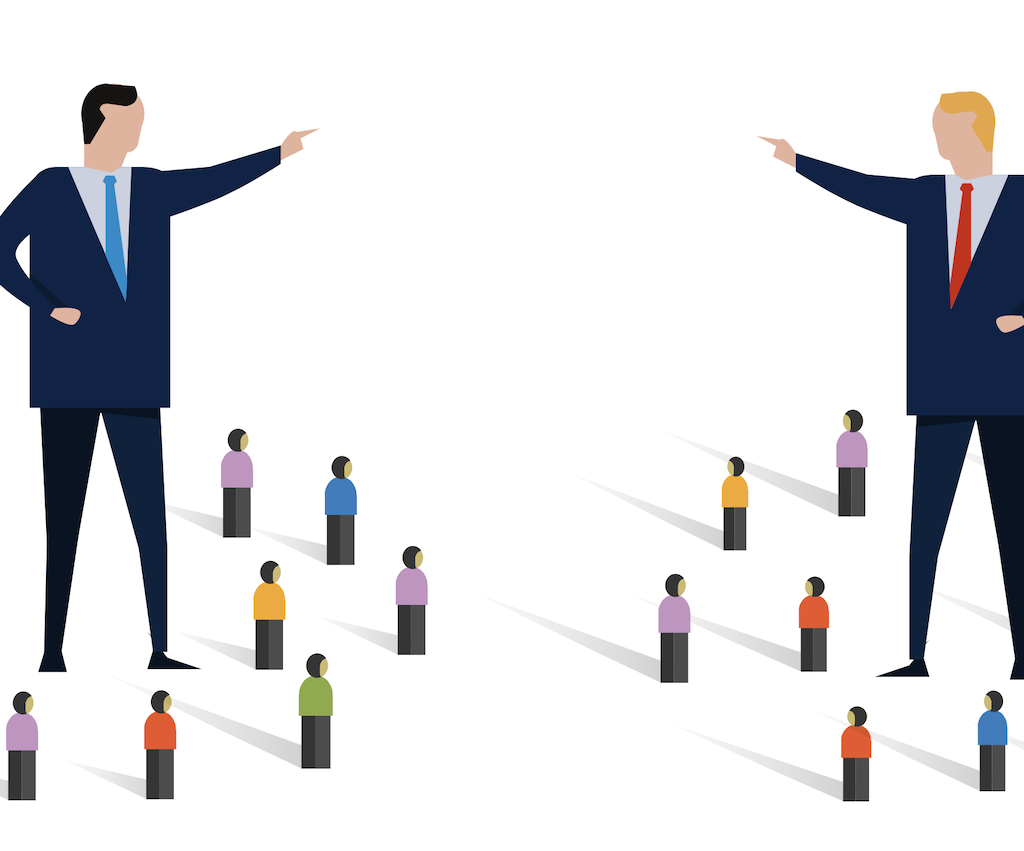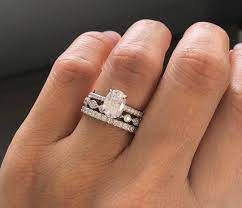Business Casual for Men: A Complete Guide to Dressing Smartly
Finding the perfect balance between professionalism and comfort in workplace attire can be challenging. Business casual for men is a dress code that blends formal and relaxed elements, allowing individuals to maintain a polished appearance without the stiffness of a full suit. In this guide, we will explore what business casual means, essential wardrobe pieces, styling tips, and common mistakes to avoid.
Introduction
Finding the perfect balance between professionalism and comfort in workplace attire can be challenging. Business casual men is a dress code that blends formal and relaxed elements, allowing individuals to maintain a polished appearance without the stiffness of a full suit. In this guide, we will explore what business casual means, essential wardrobe pieces, styling tips, and common mistakes to avoid.
What Is Business Casual for Men?
Business casual is a dress code that sits between formal business attire and casual wear. It is commonly adopted in modern workplaces where traditional suits are not required, but a professional appearance is still expected. Business casual typically includes:
- Dress shirts or polo shirts
- Chinos or dress pants
- Loafers or dress shoes
- Blazers or sweaters (optional)
While business casual allows for more flexibility, it still requires a clean, well-groomed, and put-together look.
Essential Wardrobe Pieces for Business Casual
1. Dress Shirts
A well-fitted dress shirt is a must-have. Choose solid colors like white, light blue, or pastels. Subtle patterns like checks or stripes can also add variety while maintaining professionalism.
2. Chinos or Dress Pants
Chinos offer a comfortable alternative to traditional dress pants while still looking sharp. Opt for neutral shades like navy, beige, or gray for versatility.
3. Blazers or Sport Coats
Adding a blazer instantly elevates your business casual outfit. It provides a refined look while allowing room for personalization with different textures and colors.
4. Footwear: Loafers, Oxfords, or Derbies
Shoes can make or break an outfit. Stick to classic leather loafers, Oxfords, or Derbies in black or brown to complement your ensemble.
5. Sweaters and Cardigans
For colder months, a fine-knit sweater or cardigan over a collared shirt offers a professional yet relaxed look.
6. Accessories: Belts, Watches, and Socks
A leather belt matching your shoes, a sleek watch, and well-chosen socks can subtly enhance your business casual style.
Styling Tips for Business Casual Men
- Fit Matters: Ill-fitting clothes can ruin even the most stylish outfits. Always opt for tailored or well-fitted pieces.
- Stick to a Neutral Color Palette: Shades like navy, gray, white, and beige are easy to mix and match.
- Layer Smartly: Blazers, sweaters, and vests can add depth to your look while keeping it polished.
- Avoid Overly Casual Items: Jeans, sneakers, and graphic t-shirts are generally too casual for business casual settings.
Common Mistakes to Avoid
- Wearing Sneakers: Stick to dress shoes or loafers to maintain professionalism.
- Overly Tight or Baggy Clothing: Ill-fitting clothes look unprofessional and untidy.
- Skipping Grooming: A neat haircut, trimmed facial hair, and polished shoes complete the look.
- Ignoring Dress Code Variations: Business casual can vary across industries, so always check company policies.
Conclusion
Mastering business casual for men means striking a balance between professionalism and personal style. By incorporating key wardrobe essentials, paying attention to fit, and avoiding common mistakes, you can achieve a refined yet comfortable look suitable for modern workplaces. Dressing well not only boosts confidence but also leaves a lasting impression in any professional setting.
What's Your Reaction?






















